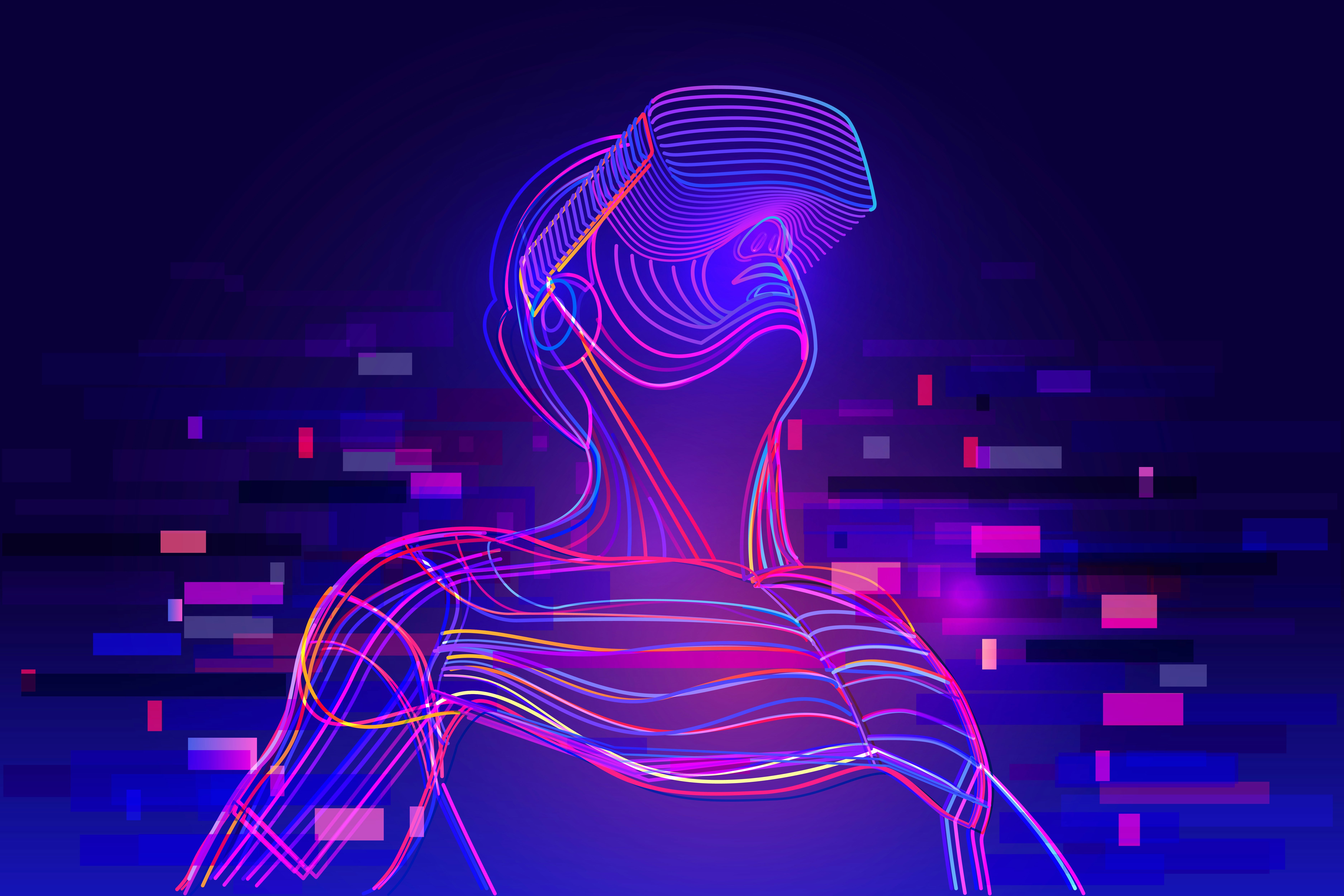
Palmer Luckey, the creator of the Oculus Rift and other virtual reality technology that now serves as the backbone of Meta's mission to build the metaverse, has made a VR headset that can kill. Specifically, the headset appears to be a modified version of Meta’s new Quest Pro headset based on photos Luckey shared on his personal blog.
Why build a deadly VR headset? And how would that even work? The answers have to do with an anime, and the disparate work Luckey has been up to since being ousted from Meta in 2017.
Why did Palmer Luckey make a deadly VR headset?
Luckey writes that his inspiration for making this Quest Pro mod was Sword Art Online, a popular light novel series turned anime, about a group of people who get stuck in a sort of virtual reality MMORPG. The modified Quest Pro Luckey created is supposed to mimic the NerveGear headsets used by players in Sword Art Online and commemorates the in-universe day (November 6, 2022) when the players were trapped in the game.
“If their hit points dropped to zero, their brain would be bombarded by extraordinarily powerful microwaves, supposedly killing the user,” Luckey writes. His version of the headset attempts to recreate the same idea in a classic riff on, “if you die in the game, you die in real life.”
Besides being a fan of the series, Luckey credits Sword Art Online with popularizing VR concepts, and making the original Kickstarter Oculus Rift that started it all a big hit in Japan. “The popularity of SAO led to massive otaku enthusiasm for Oculus, especially in Japan, which quickly became our 2nd largest market,” Luckey explains.
So, how does the headset kill you?
Completely recreating the NerveGear was out of the picture, Luckey says, because the microwave technology required is apparently not something that fits on someone’s head easily. Luckey’s version instead uses three “explosive charge modules” that are tied to a “narrow-band photosensor” inside the Quest Pro.
When the headset’s screens flash red at specific frequency (say, when you’re getting damaged in-game) and cuts to a game over screen, the sensor can detect the change and trigger the explosives, “instantly destroying the brain of the user.”
Luckey writes that he hasn’t tested the headset himself — for obvious reasons — but he considers the headset incomplete because the Quest Pro just can’t engage all of the senses in the same way a NerveGear does. You can also take the headset off, a “problem” Luckey plans to solve with an “anti-tamper mechanism.”
Wait, so he did this because of an anime?
The headset was inspired by Sword Art Online, but Luckey also really believes that the risk of physical harm will make playing games more immersive and engaging.
“Pumped up graphics might make a game look more real, but only the threat of serious consequences can make a game feel real to you and every other person in the game,” Luckey writes.
Perhaps unsurprisingly, realism is the bugbear of many a VR creator, not just Luckey. Mark Zuckerberg has spoken at length on the different technical challenges Meta’s Reality Labs hopes to tackle in the pursuit of making VR feel more real. Luckey’s take is just a more extreme version befitting what he’s gotten up to since he stopped working at Meta.
Because currently, Palmer Luckey is a military contractor. He founded Anduril, a weapons and defense tech company developing everything from drone defense systems to autonomous surveillance towers along the border. His current projects can have a real impact on the world in a way that virtual and augmented reality hardware might never reach.
So, while Luckey writes that his current killer headset is a “piece of office art,” our larger concern probably shouldn’t be how he spends his free time.







